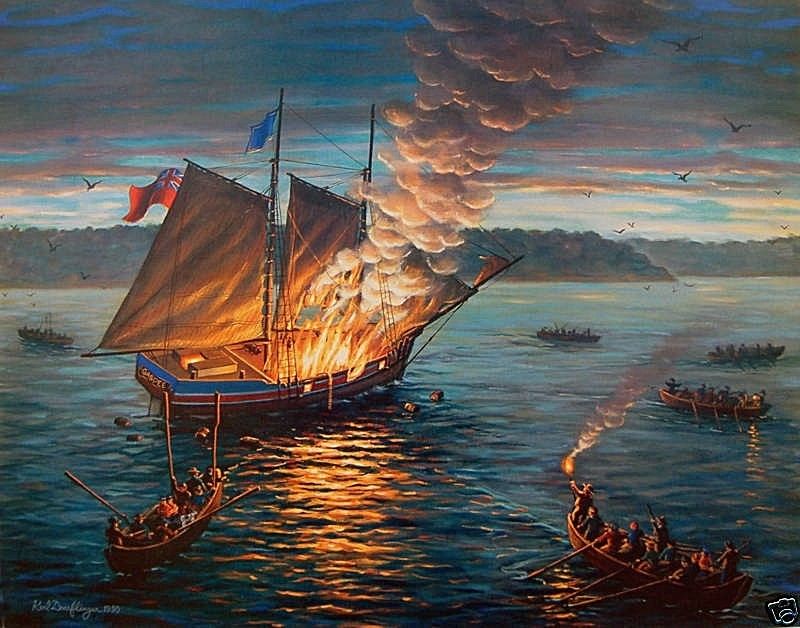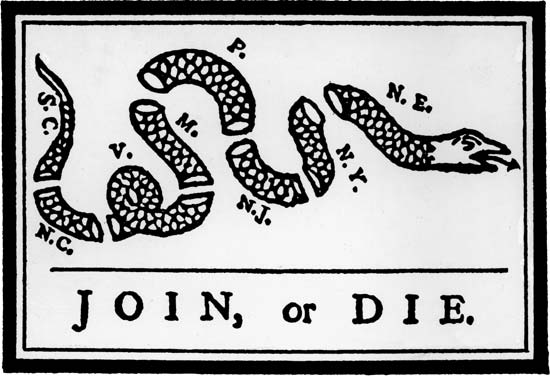The Gaspee Affair
The Gaspee Affair Despite the Boston Massacre, British officers were no less aggressive in their enforcements of the Stamp Act and other customs laws.… Read More »The Gaspee Affair
The Gaspee Affair Despite the Boston Massacre, British officers were no less aggressive in their enforcements of the Stamp Act and other customs laws.… Read More »The Gaspee Affair
The Albany Congress From June 19 to July 11, 1754 in Albany, New York, delegates sent from 7 colonies (Connecticut, Rhode Island, New York, Maryland,… Read More »The Albany Congress

